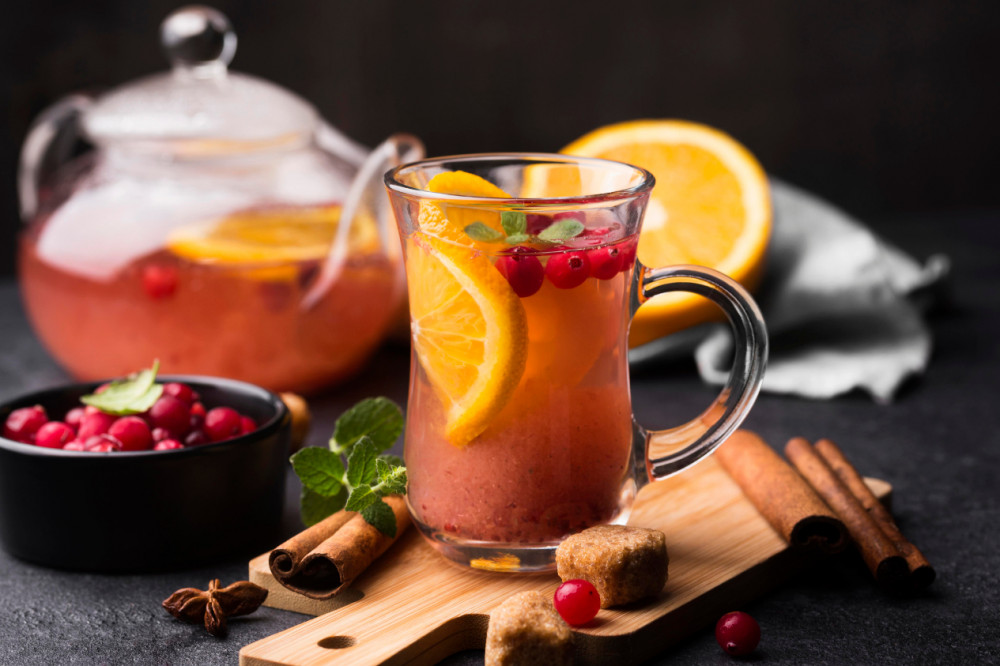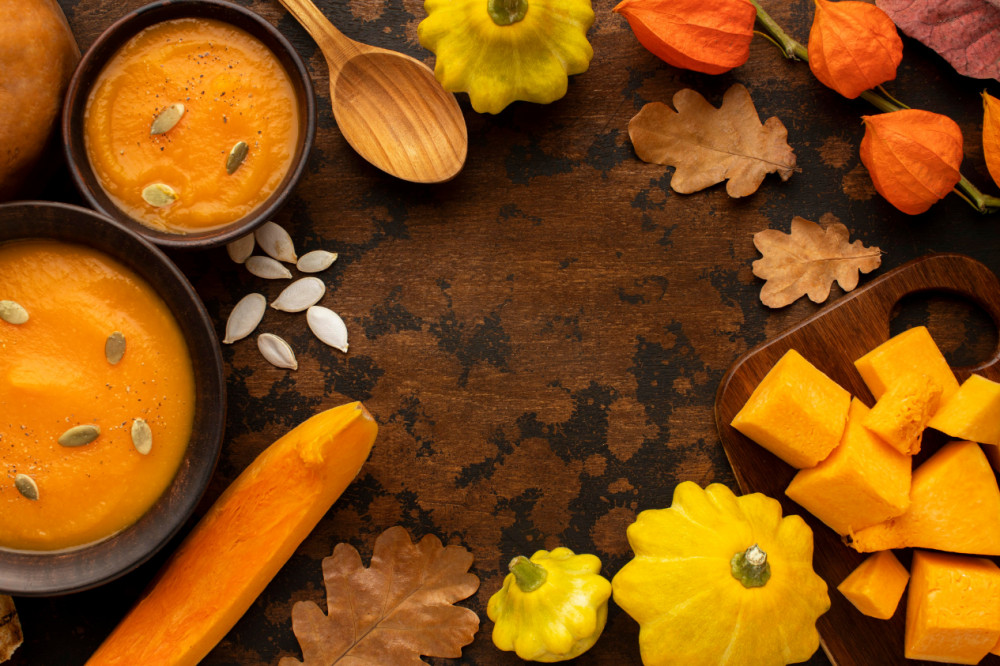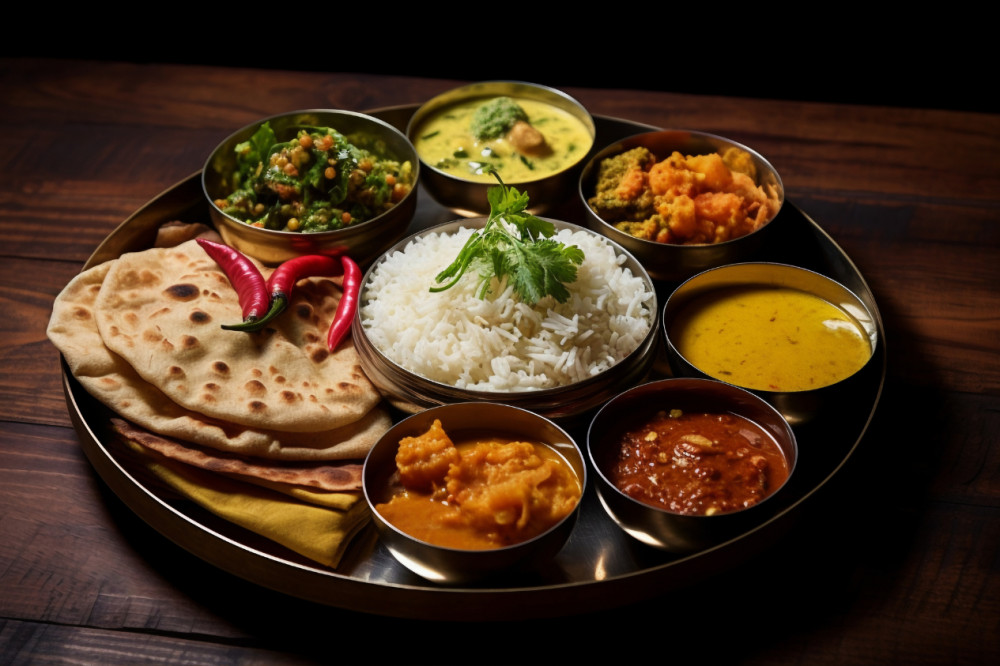
Introduction to Bengali cuisine

Introduction to Bengali cuisine
If you are intrigued about Bengali cuisine and want to know more than its explicitly famous mishti doi, then give a read to this blog!
A state in east India, that kind of, has a geographically ironic name- West Bengal. When we hear about Bengali food, we reminisce about mishti doi, roshogulla and machher jhol. But Bengali cuisine has more to offer other than its staple rice, fish, lentils and vegetables.
Bengali cuisine has subtle as well as fiery flavours that are well suited for the Indian palate with a range of savoury dishes and a huge spread of confectioneries and desserts. Bengali cuisine can be compared with the modern service à la russe style, a French cuisine serving style where the meals are brought sequentially and served in portions on the plate by a waiter before giving it to the diner.
Bengali food has had an influence from South Asian and other foreign countries as it was the trading hub and had strong trade links with several countries in the world.
Bengal’s cuisine is influenced by the Nawabs, Christian and Europeans and widows. As we all know, several monarchs ruled India, and every reign of the king brought a culinary influence to the place they ruled. But, you may be wondering how the widows played a role in establishing the foundation of Bengali cuisine.
In India, the treatment of Hindu widows was repressive and their identity was only substantial with their husband being alive. When Sati was banned in 1829 and the Hindu Widow Re-marriage act of 1856 were milestones in Indian history. So before these key steps, the widows were either banished or lived a monastic life. They didn’t leave their houses and were eventually confined to the kitchens.
Bengali staples included meat and fish, but the widows were not allowed to eat them and other “heating” foods, including garlic and onion, but could eat ginger. Therefore, ginger remained the core ingredient in both vegetarian and non-vegetarian curries. Expensive spices like cardamom, saffron and cloves were used scarcely along with dry fruits, milk and milk products like ghee, cream and curd. Despite all the restrictions, the food evolved to be nothing but delicious. Chitrita Banerjee, a 19th-century writer, quotes, “it was impossible to taste the full glory of vegetarian cooking unless your own wife became a widow.”
Some common Bengali dishes
The Bengali cuisine carters to the six flavours- sweet, sour, salty, bitter, hot and kosha. Kosha in Bengali means to sauté meat till it is browned from all sides and develop flavours.

1. Ghonto:
Ghonto refers to a vegetable mishmash. Different vegetables like peas, potato, banana blossom, chickpea and coconut are grated and cooked with ground spices. Lentil patties are also added to this mishmash. Bengalis use mustard oil for preparing this dish.
It also a non-vegetarian version where it made of fish and fish heads with vegetables on the side. Murighonto is a famous ghonto made of fish heads and is cooked in a good variety of rice. Some ghonto are dry while some are juicy.

2. Torkari:
Torkari is a general term in Bengal, which is similar to the term curry used in English. Initially, this term meant uncooked vegetables, but the rendition of this word became as cooked vegetables or cooked fish and vegetables.

3. Jhal:
Jhal literally means hot and is a favourite in all Bengali households. It can be made with fish, shrimp or crab where it is lightly fried and cooked in a sauce of ground red chilli or ground mustard with a flavouring of pach-pouron( five spices) of Bengal or kalo jira (Nigella seeds). As it is a dry preparation, it is eaten with dal poured over rice.

4. Sandesh:
It’s an extremely popular Bengali sweet that is made by just three simple ingredients like sugar, chenna (paneer) and cardamom powder.

5. Jhol:
Macherr jhol is a famous Bengali dish and it has its vegetarian version also. Jhol has a thin consistency but is extremely flavourful. The spices used in this curry like dish are ginger, cumin, coriander, chilli and turmeric.

6. Labongo Latika:
It is a sweet wherein khoya is filled in crispy puff pastry and is sealed with cloves and later dipped into sugar syrup for the extra sweetness.
Image credit: My cooking journey

7. Chorchori:
Essentially, it is a vegetable dish where one or more type of vegetables are cut into long strips, sometimes stalks of leafy green vegetables are added to it and seasoned with spices like mustard, poppy seeds and pach pouron.
It can also be made with shrimp. Chorchori is basically an assortment of vegetables and fish fried in korai (a slightly round wok) on high flame and then simmered for the vegetables to cook. This dish marked the influence of Chinese cooking and became popular post-1800s.
Image credit: Cosmopolitan curry mania

8. Kheer Kadam:
An exotic Bengali sweet that has rasgulla encased in khoya filling. This sweet is coated with kheer and then dusted with dried kheer. The essence of this sweet is to bite the sweet and reach for the surprise- that is rasgulla. So to enjoy the full flavour, pop it into your mouth and relish it.

9. Shukto:
It’s a palate cleanser where a bitter vegetable is simmered in milk with a hint of sugar to eliminate the bitterness of the vegetable.
Image credit: Kitchen of Debjani

10. Goja:
Goja is made with ghee, flour and is deep-fried and soaked in sugar syrup. It is prepared in different variations, but layers are a common characteristic in all of them.
We hope this gave an insight into Bengali cuisine and an introduction to some of its famous and delicious dishes. This is just the tip of the iceberg, as Bengali cuisine is so much more than just what meets the eye.
Image credit: Motions and emotions
Related Blogs

Top 5 October Drinks: Spiced Teas, Herbal Sharbat & Refreshing Mocktails
40 Views
.png)
One-Pot Festive Meals for Busy Indian Homes: Quick & Flavorful Recipes
43 Views

October 2025 Seasonal Recipes: Pumpkin, Ridge Gourd & Jackfruit Seeds
60 Views

Traditional Dussehra Sweets Recipes: Homemade Ladoo, Kaju Katli & More
70 Views

Dussehra 2025 Special: Easy Festive Lunch Recipes Across India
95 Views